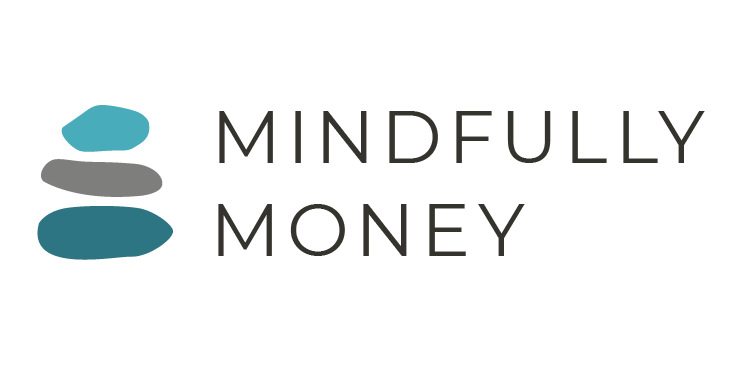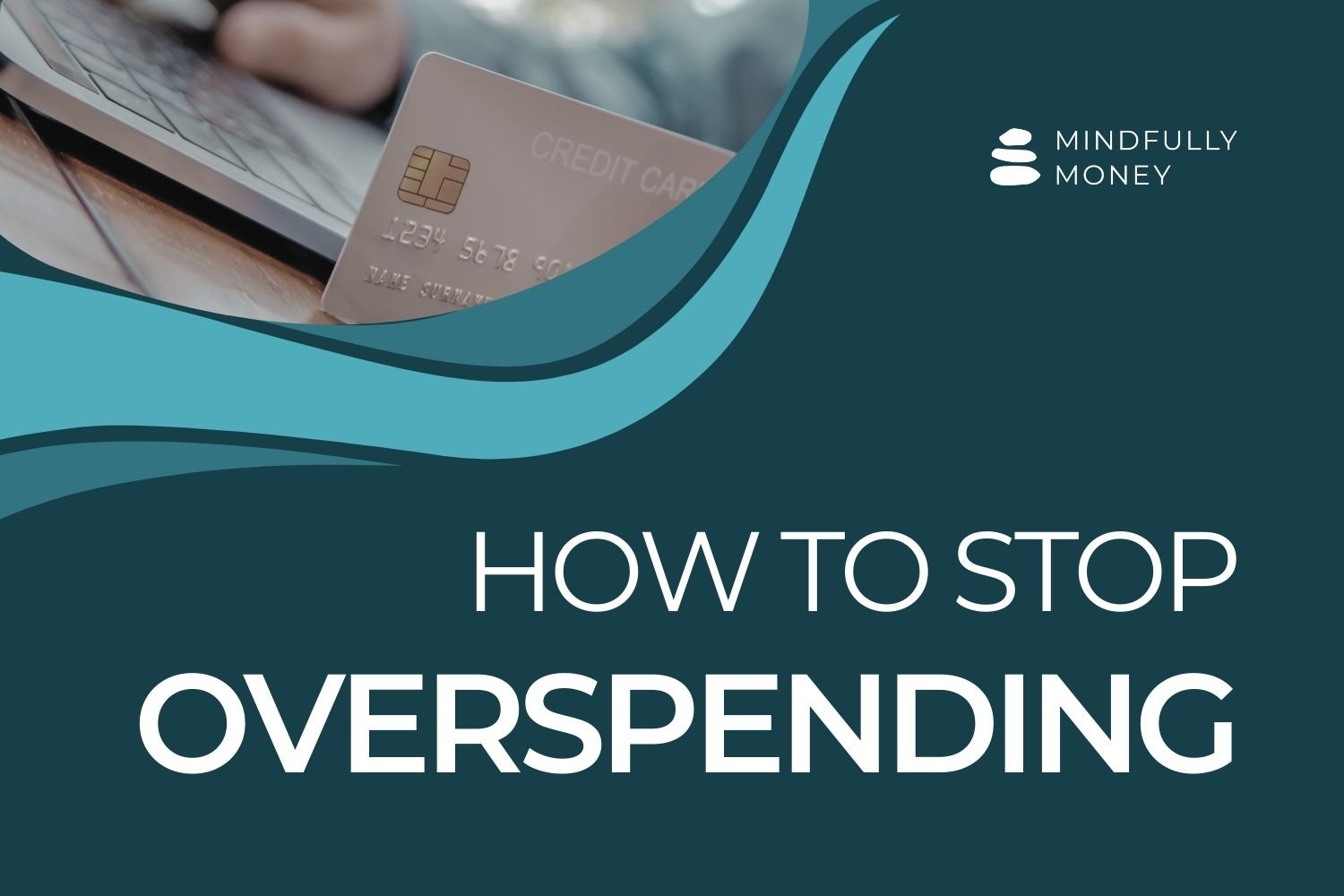Struggling to Save Money? Try Doing This With Your Savings Account
Pin for later!
Do you ever get to the end of the month and wonder where all your money went, wishing that there was more left to save?
It’s so easy to look at your checking account and see that there is money in there, and think “oh, this one little thing I want won’t be a big deal.” Before you know it, all of the little things added up and you don’t know what happened.
Or maybe it’s not even stuff you necessarily want—maybe it’s just random expenses, like the $35 for the LifeTouch school photos, a birthday gift for someone, or the new winter coat your child needs.
When the money is there, it’s all too easy to spend and all too difficult to save.
Of course, you know you should save that money, but it’s hard when you feel like you just can’t get ahead. You think to yourself that you can always save money later. You’ll probably save some money next time you get paid, right?
But it keeps not happening because life keeps happening and before you know it, your kids are looking at colleges and you don’t have anything saved. Even your retirement account is pathetically small.
People don’t end up with small or non-existent savings accounts because they’re being irresponsible with money. In fact, there are many reasons why it is so hard to save, many of which aren’t in your control. Medical costs, policies that favor the wealthy, lack of wage growth, and rising housing costs, among other things, make it harder and harder each year to get ahead.
But just because some of these things are out of your control, doesn’t mean there isn’t anything you can do to increase the likelihood of saving, provided you have enough income in the first place. (Millions of Americans live in poverty for reasons that are often not their fault and no amount of scrimping and saving will change that.)
One of the most common reasons that people struggle to save more money is that their money is just sitting in their checking account, ready to be spent. Costs come up, bills need to be paid, and before you know it your paycheck is gone.
The key to breaking this cycle is to be more intentional with where you want your money to go before it all disappears. One way to make this happen is to stop putting your entire paycheck into the account you use for paying bills.
Instead, save first and then pay bills.
This is sometimes referred to as the “pay yourself first” method and is basically a way of prioritizing where your money goes.
Can you imagine what it would be like to confidently know that you were saving for the future and what you really want in life? Instead of getting to the end of the month and constantly feeling like you’re behind, you could know that your money is going where you want it to and then do whatever you’d like with anything that’s left?
So how do you do this?
Have money from your paycheck automatically sent to your savings account(s).
You may already be doing this if you have a 401k or other pre-tax savings account through your employer. It’s the same idea: save money and then pay for other stuff.
Before you get started, make sure you have an idea of how much you want to save for your goals (retirement, college, vacation, emergency fund, major life changes, home improvement, wedding, etc) and how much money you need to pay for monthly expenses.
You’ll need to ensure that you have enough money in your checking account to cover your basic living expenses and all of the random things that come up. Do include some money for fun.
If the numbers don’t add up, you’ll need to make some choices about which things are more important. Play around with the numbers until you feel good about where the money you have is going. Make sure you’re being realistic and allow for random things that arise and anything you might have forgotten.
Then, talk to your payroll department about the options you have and decide on one of the following methods.
3 Ways to Set Up Your Direct Deposit
*Not every payroll program and bank allow all options.
100% Direct Deposit to Savings Account
Contact your payroll department to have your entire paycheck deposited into your savings account.
Set up an automatic transfer so that the amount you need for paying bills is automatically moved to your checking account each month or each time you are paid.
100% Direct Deposit to Checking Account
Contact your payroll department to have your entire paycheck deposited into your checking account.
Set up an automatic transfer of the rest of your paycheck (the amount you don’t need for bills and living expenses) to your savings account(s).
Part Checking and Part Savings
Contact your payroll department to have part of your paycheck sent to your checking account (enough to cover your expenses) and part sent to your savings account.
These are really basic options involving only one checking and one savings account. In reality, you can make this as elaborate as you’d like. Create a list of different savings accounts you’d like to have and set up an automatic transfer to each one.
If you want to add on more accounts, it’s best to start small and slowly add in more.. Adding seven savings accounts and automatic transfers could easily lead you to overdraw if you’re not careful. Keep things as simple as you can.
A great alternative to having multiple savings accounts is to have one account that allows you to divide up your savings into sub-accounts. NerdWallet has some great options here. This makes it easy to assign money to your vacation fund or your house fund, etc. The downside is that it can be all-too-easy to steal from one sub-account and spend it on something else. If this is you, try separate accounts instead.
Why does this work?
This system of choosing to save for your goals and for the future works for several reasons. First, setting up automations takes the burden of decision and action out of your hands. You don’t actually have to do anything to save more money—it just happens.
Second, getting the money you want to save out of sight makes it less likely you’ll spend it. If all of your checking and savings accounts are in one place and you’re still too tempted to spend the money in your vacation fund on eating out, move your savings accounts to a different bank. That way it is truly out of sight, out of mind.
Summary of Steps
Figure out where you want your money to go and prioritize.
Set up savings accounts for each goal.
Calculate how much you need to pay for bills plus some extra.
Set up direct deposit so that you are saving for your goals first and then have the rest of your money available for living expenses and anything else you want.
Want more ways to get better with your money?
Learn more about The Money Confidence Course for those who want to learn how to confidently take control of their finances, or check out some of my most helpful blog posts below:












